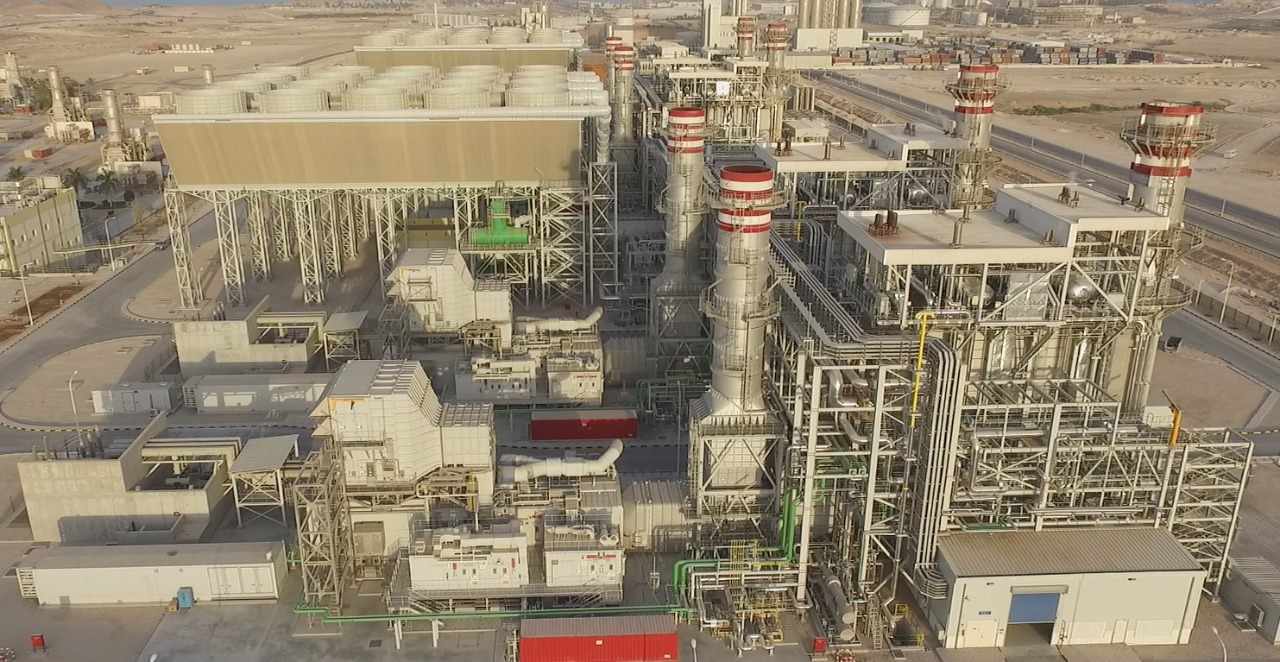Chesapeake Energy Emerges From Bankruptcy, With A Return To Its Roots In Natural Gas
- Date: 12-Feb-2021
- Source: Forbes
- Sector:Oil & Gas
- Country:Middle East
Chesapeake Energy Emerges From Bankruptcy, With A Return To Its Roots In Natural Gas
The long and winding road for independent oil and gas producer Chesapeake Energy rounded another curve this week with the company's emergence from Chapter 11 bankruptcy proceedings in leaner shape and with a new strategic focus that echoes an old one.
Under the leadership of former CEO Aubrey McClendon, Chesapeake famously made a big bet in the early years of this century that natural gas was the fuel of the future, a scarce commodity whose market price was destined to remain at high levels for decades to come. That bet proved financially disastrous, as the subsequent discovery and development of major natural gas shale plays like the Haynesville, the Marcellus, the Eagle Ford and the Permian Basin ended the days of scarcity and resulted in a collapse in prices to chronically low levels.
The company, whose production portfolio had been as high as 80% natural gas as late as 2009, responded to that challenge by paying huge bonuses to buy up leases in more oily plays like the Western half of the Eagle Ford starting that year in an effort to rebalance that production mix and make it more liquids-heavy during a time of strong prices for crude oil. But disaster struck























